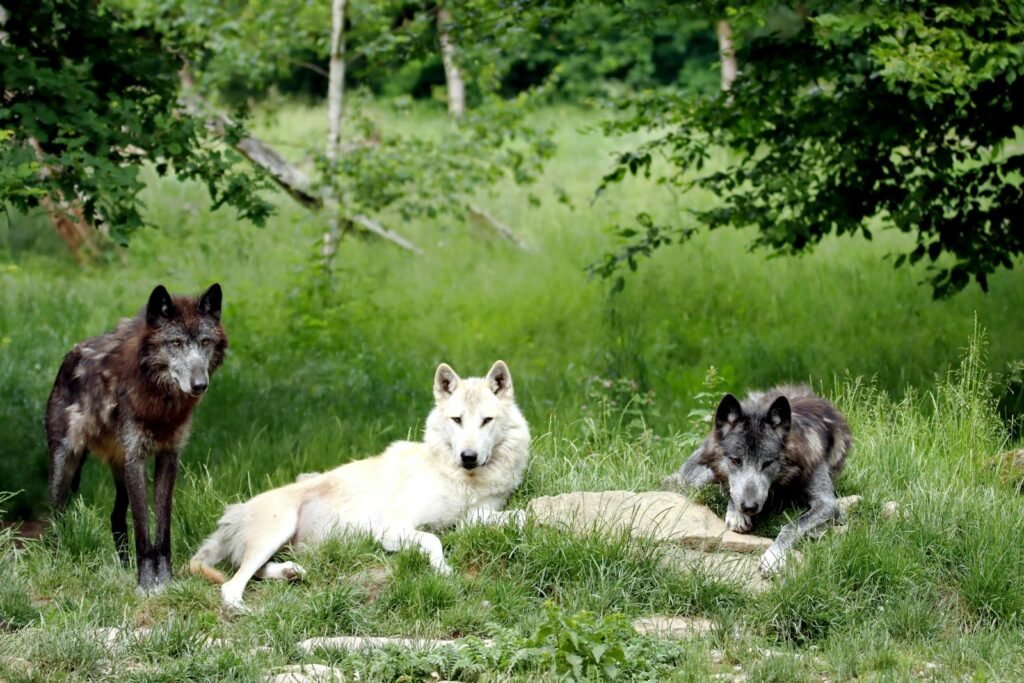Imagine walking through a quiet forest and hearing the distant trickle of water suddenly interrupted by a sharp slap—like a hand on the surface of a pond. This is not just a random noise; it’s a message, a warning, a sign that you’ve entered the world of beavers. These seemingly humble rodents possess an almost magical ability to transform entire landscapes, turning meandering streams into thriving wetlands and engineering environments that benefit countless other species. But how do they perform these feats? The story of beaver logic is one of ingenuity, teamwork, and a surprising blend of sound and stick-wielding skill that has fascinated scientists and nature lovers for generations.
The Master Builders of the Animal Kingdom
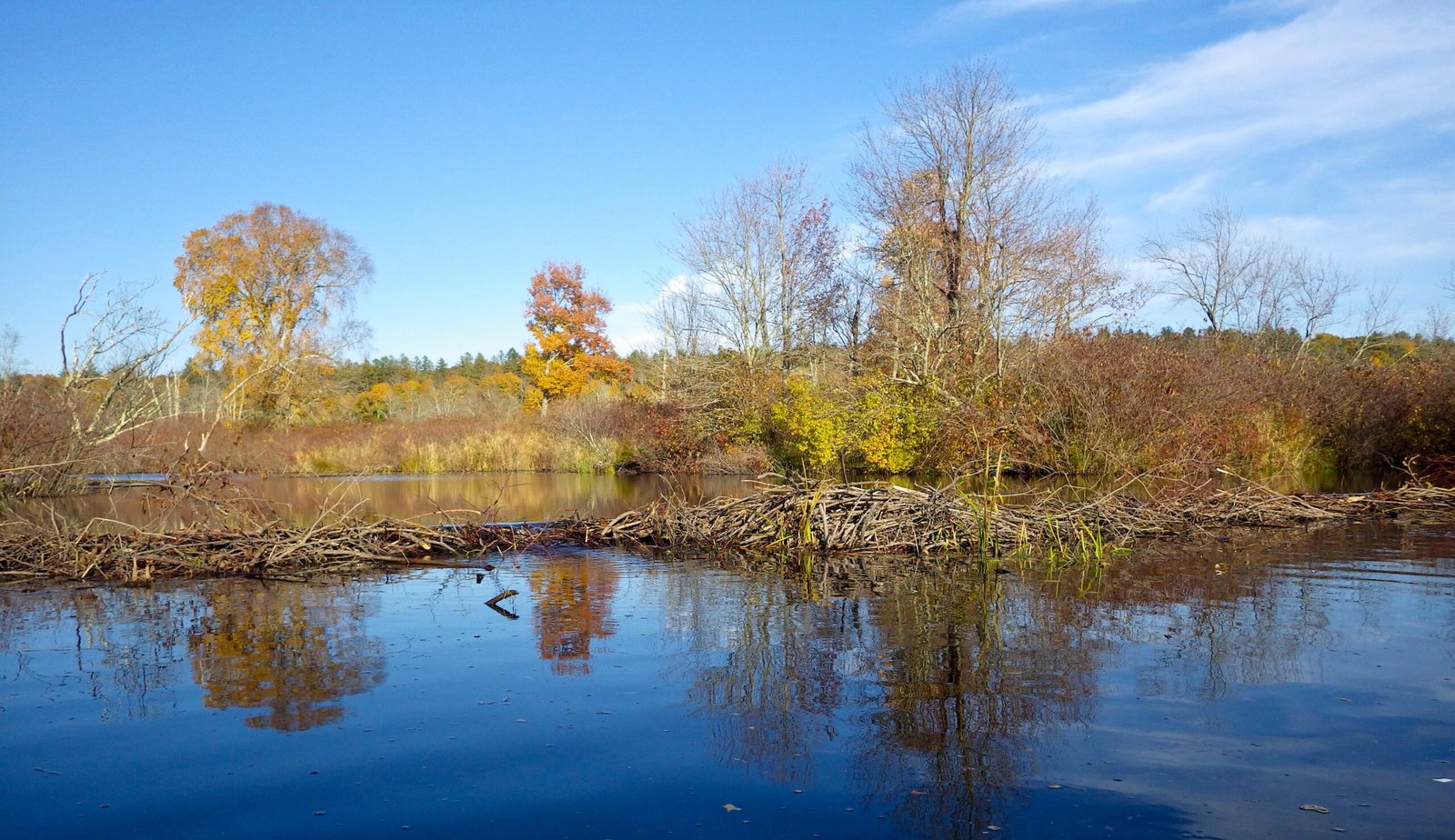
Beavers are not just another rodent; they are extraordinary engineers. Their construction skills rival even the most ambitious human projects, with lodges and dams that can stretch dozens of meters across rivers. These structures are not built for comfort alone. Dams raise water levels, creating deep ponds that offer protection from predators and access to food all winter long. Their lodges, made from branches, mud, and stones, are warm and dry inside, with underwater entrances that keep unwelcome guests out. Beavers plan and build as a family unit, working together to gather materials and maintain their intricate homes. The sheer scale and complexity of their constructions often leave people in awe, wondering how such small animals can move mountains—of mud and wood, at least.
The Power of Sticks and Mud
Beavers use what nature gives them: branches, twigs, logs, and mud. Their strong jaws and sharp teeth can fell trees as thick as a person’s arm, and they seem to have an instinctive sense for which materials will hold water or withstand a current. They start by jamming sticks into the riverbed, weaving them into a tight lattice. Mud, stones, and leaves fill the gaps, forming a watertight barrier. This process is remarkably efficient, and beaver dams often survive heavy rains and floods that would wash away purely human-made barriers. What looks like a random pile of debris is in fact a carefully designed structure, tailored to the flow and depth of its particular stream.
Sound as a Secret Weapon
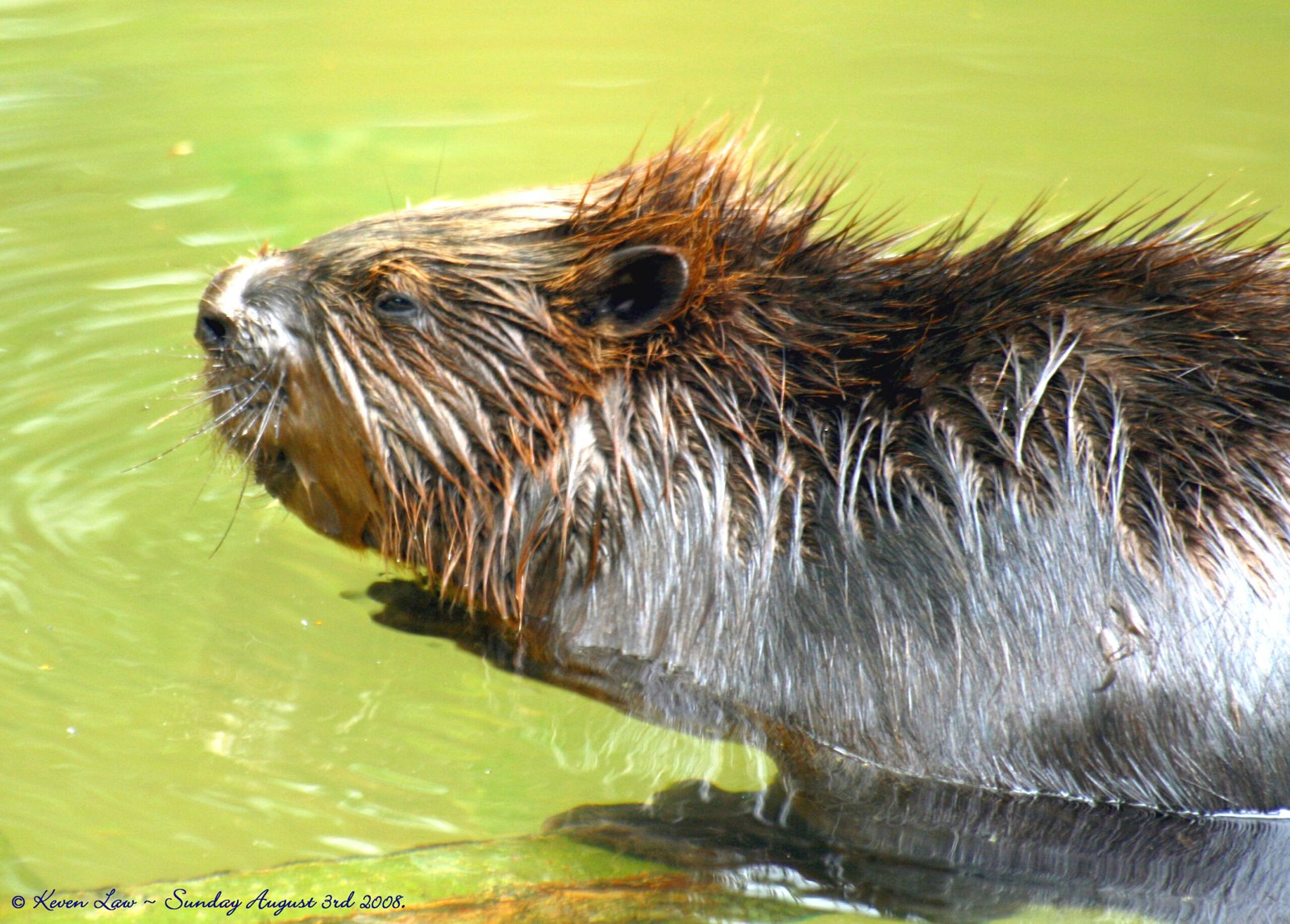
Beavers are not just silent builders. They use sound in ways that might surprise you. One of their most famous behaviors is the tail slap—a loud whack that echoes across the water when a beaver senses danger. This serves as an alarm, warning family members to dive for cover. But sound plays another, subtler role as well. Beavers are tuned to the noise of running water. Scientists have discovered that the sound of trickling or splashing water actually triggers beavers to start building or repairing dams. If a dam develops a leak, the increased sound of water escaping tells the beavers exactly where to patch it up. In experiments, beavers have even been tricked into building dams over hidden speakers playing the sound of running water on dry land.
Creating Wetlands: Nature’s Water Managers
When beavers build dams, they don’t just change the stream—they change the entire landscape. Water backs up behind the dam, flooding surrounding areas and creating wetlands that are teeming with life. These wetlands become nurseries for fish, amphibians, and insects. They provide drinking water and shelter for birds and mammals. The ponds act like natural sponges, soaking up rain and slowly releasing it during dry periods, which helps prevent both floods and droughts downstream. By raising the water table, beaver ponds even help plants grow in places that would otherwise be too dry. The ripple effects of their building go far beyond the immediate area, helping to shape entire ecosystems.
The Ripple Effect on Biodiversity
Beaver-created wetlands are hotspots of biodiversity. Where there was once only a narrow stream, now there is a complex web of habitats. Frogs lay their eggs among the reeds, turtles bask on sun-warmed logs, and herons stalk the shallows for fish. Even creatures that never see a beaver directly benefit from their handiwork. Deer and moose come to drink, otters play in the deep pools, and waterfowl nest in the flooded brush. The increased variety of plants and insects attracts more predators and scavengers, supporting a richer and more stable food web. In effect, beavers act as ecosystem engineers, creating homes and opportunities for hundreds of other species.
Beavers and Water Quality
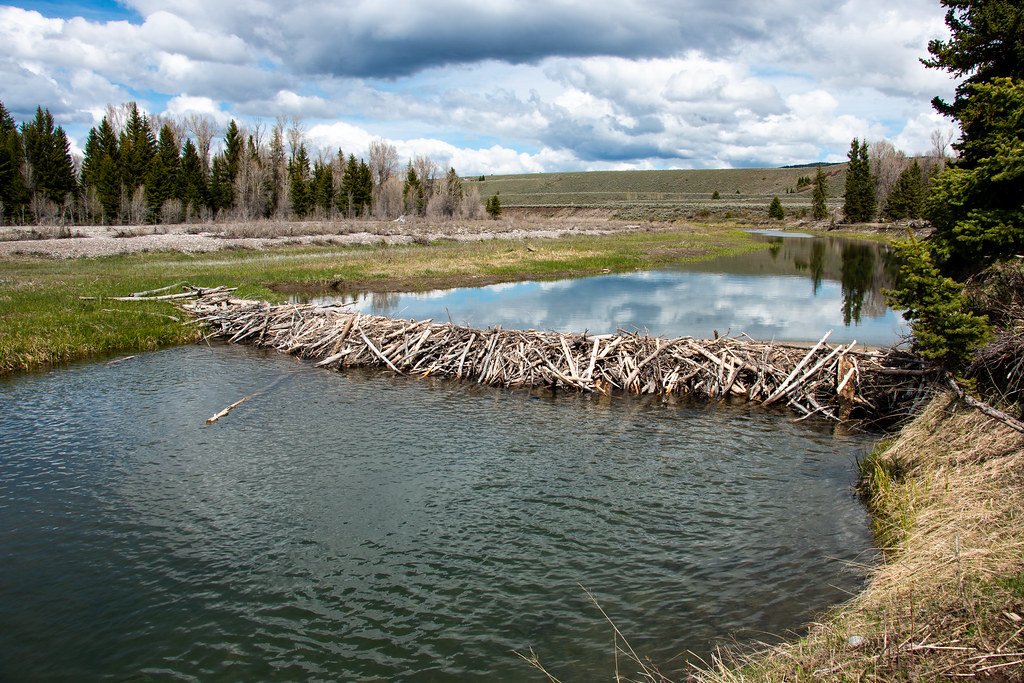
Not only do beaver ponds support wildlife, but they also play a crucial role in maintaining clean water. As water slows behind a dam, sediments and pollutants settle out, leaving downstream waters clearer and healthier. This natural filtration system can remove excess nutrients, reduce erosion, and trap harmful substances before they reach larger rivers or lakes. In agricultural areas, beaver activity has even been shown to help reduce runoff from fertilizers and pesticides. By creating more stable and cleaner aquatic environments, beavers indirectly support human communities as well.
Adapting to Change: Beavers’ Survival Skills
Beavers are nothing if not adaptable. Their ability to read the environment and respond quickly is key to their survival. When a dam is breached by a storm or a hungry bear, the family rallies to repair it, often working through the night. During harsh winters, they rely on food caches stored underwater, safe from freezing temperatures. Beavers can even move to new locations if conditions become unfavorable, starting the building process all over again. Their flexibility and resilience make them one of nature’s great survivors, able to thrive in a wide range of climates and landscapes.
Beavers and Human Communities
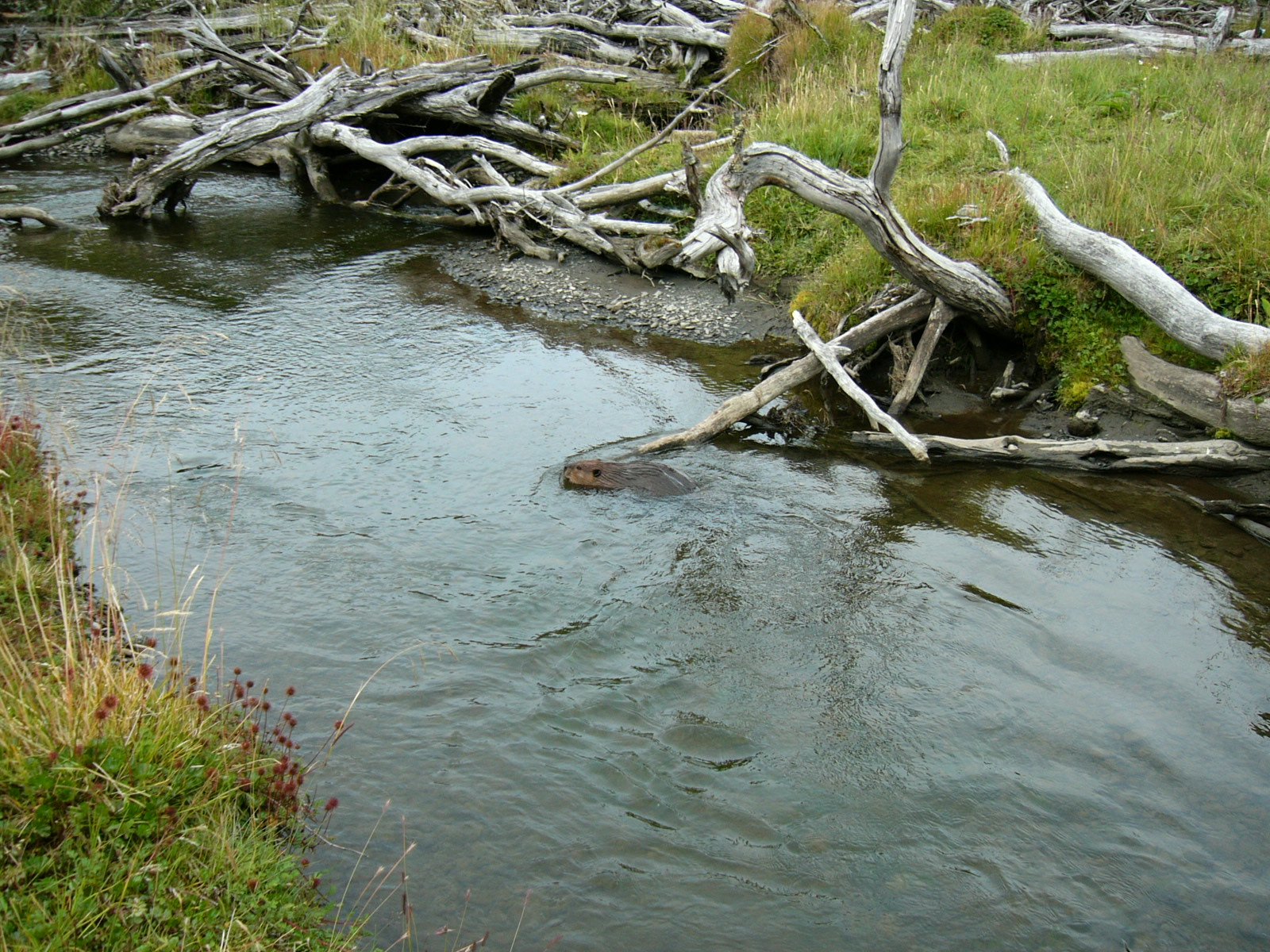
The relationship between beavers and humans has been complicated. Early European settlers in North America trapped beavers for their valuable pelts, leading to near-extinction in some regions. Today, attitudes are changing. Many communities now recognize that beavers can help restore damaged waterways, fight erosion, and bring back lost wildlife. However, beavers’ engineering can sometimes flood roads, fields, or yards, leading to conflict with landowners. Creative solutions—like flow devices that regulate water levels—are helping people and beavers coexist. The story of humans and beavers continues to evolve, shaped by both old rivalries and new respect.
The Science Behind Beaver Behavior
Researchers have long been fascinated by what drives beaver behavior. Why do they build in certain places and not others? How do they know when a dam needs repair? Studies suggest that beavers rely on a mix of instinct, learning, and environmental cues. Young beavers learn construction techniques from watching their parents. They respond to the sights, sounds, and even the feel of water. Some scientists believe beavers can remember the layout of their territory and anticipate how rivers will change seasonally. This combination of innate ability and learned skill is a testament to their intelligence and adaptability.
Climate Change and the Future of Beavers
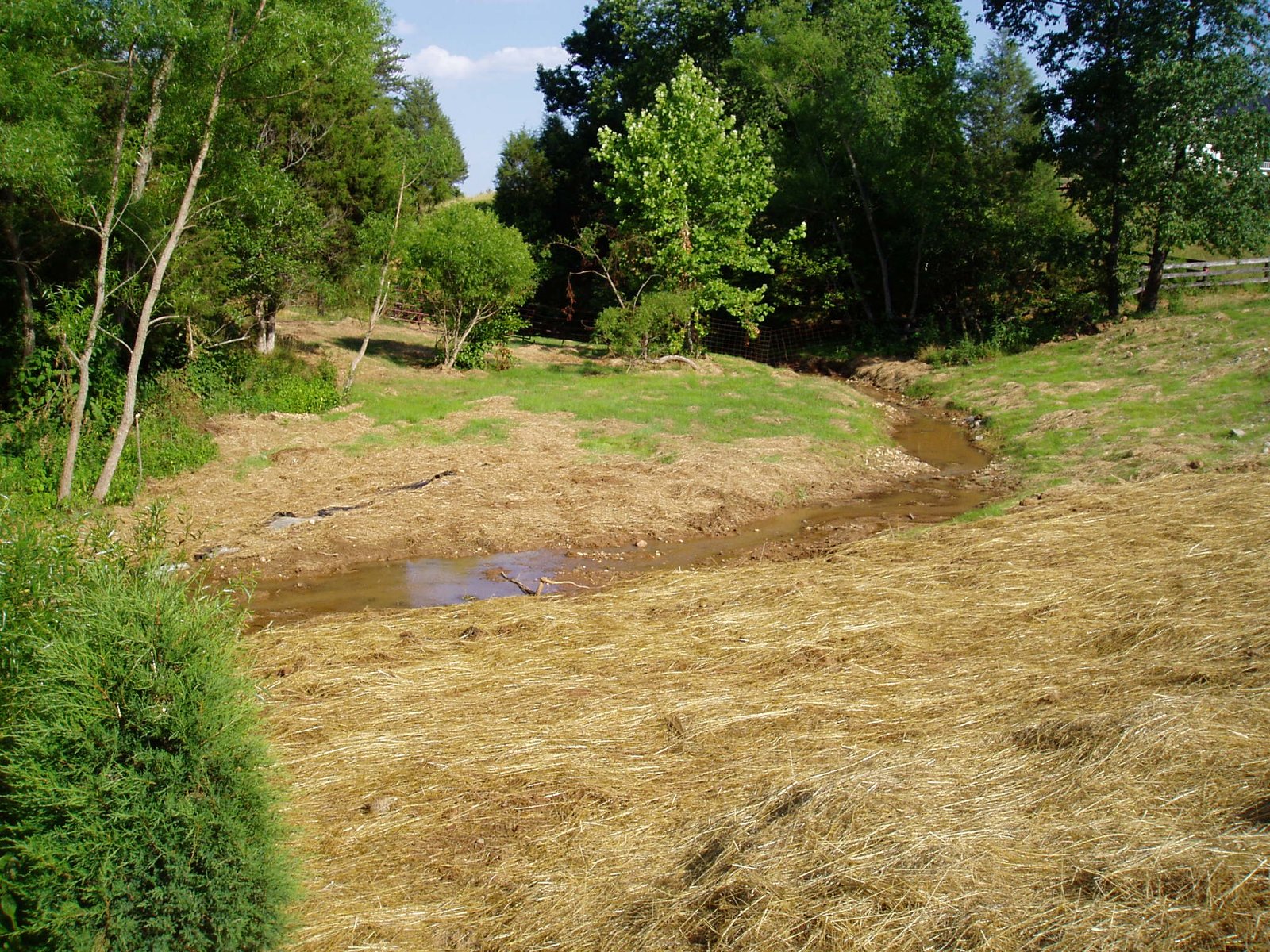
As the climate changes, beavers are becoming unexpected allies in the fight to protect water resources. Their ponds store water during droughts, recharge groundwater, and create cool refuges for fish when temperatures rise. However, changing weather patterns can also threaten beaver habitats, with more frequent floods or longer dry spells. Conservationists are studying how beaver populations respond to these shifts, and how their engineering might help buffer the impacts of a warming world. In some places, beavers are even being reintroduced to help restore rivers and wetlands that have been degraded by human activity.
The Enduring Mystery of Beaver Logic

Despite centuries of observation, there is still something mysterious about the beaver’s way of thinking. Their ability to transform a landscape seems almost purposeful, as if they are following a blueprint only they can see. Is it pure instinct, or something more? Watching a beaver at work—patiently dragging a branch, carefully patching a dam, or sounding an alarm with a slap of its tail—reminds us that intelligence comes in many forms. These remarkable rodents may not speak our language, but the rivers and wetlands they shape speak volumes about the power of cooperation, adaptation, and a bit of animal logic.

